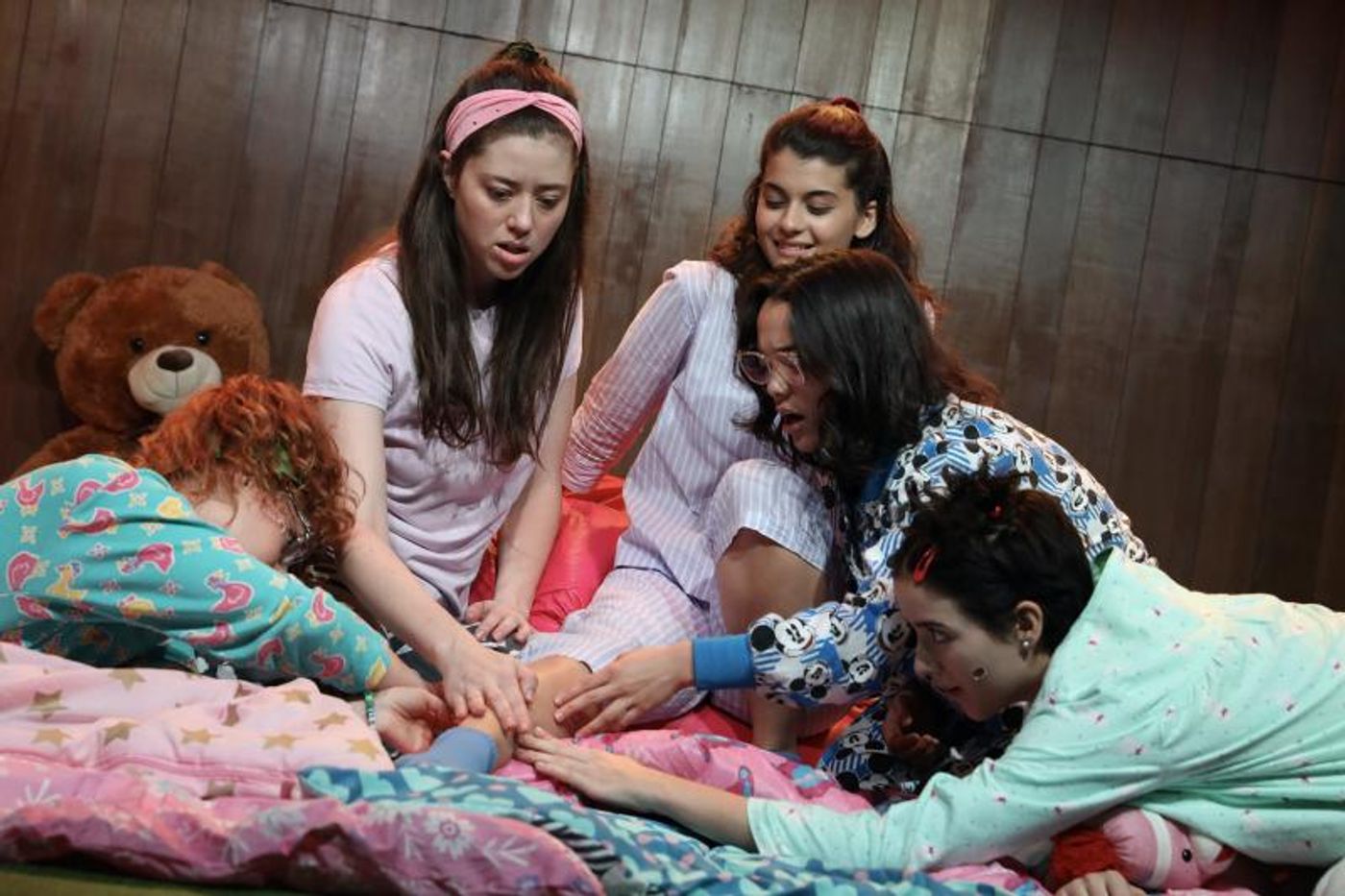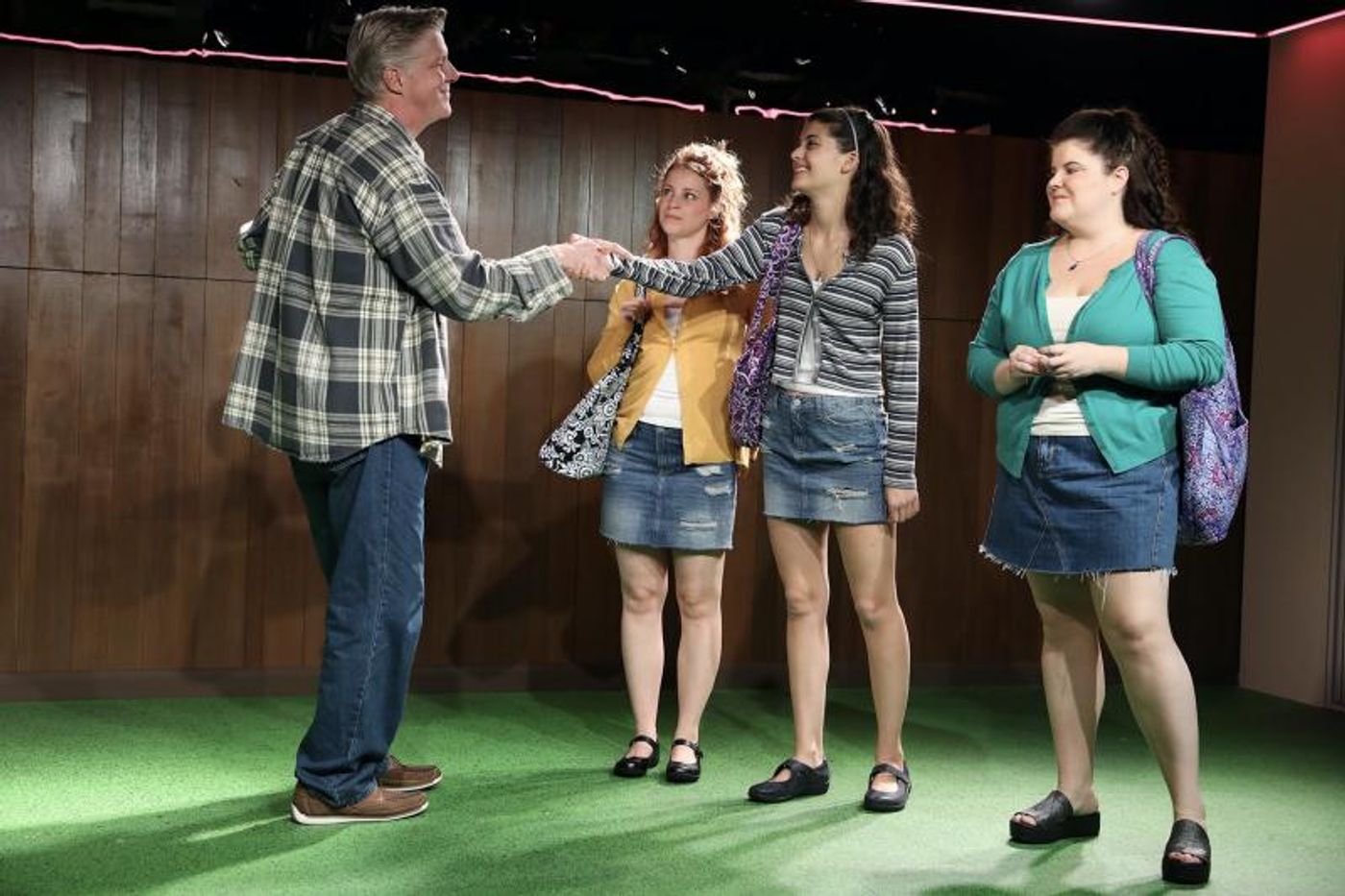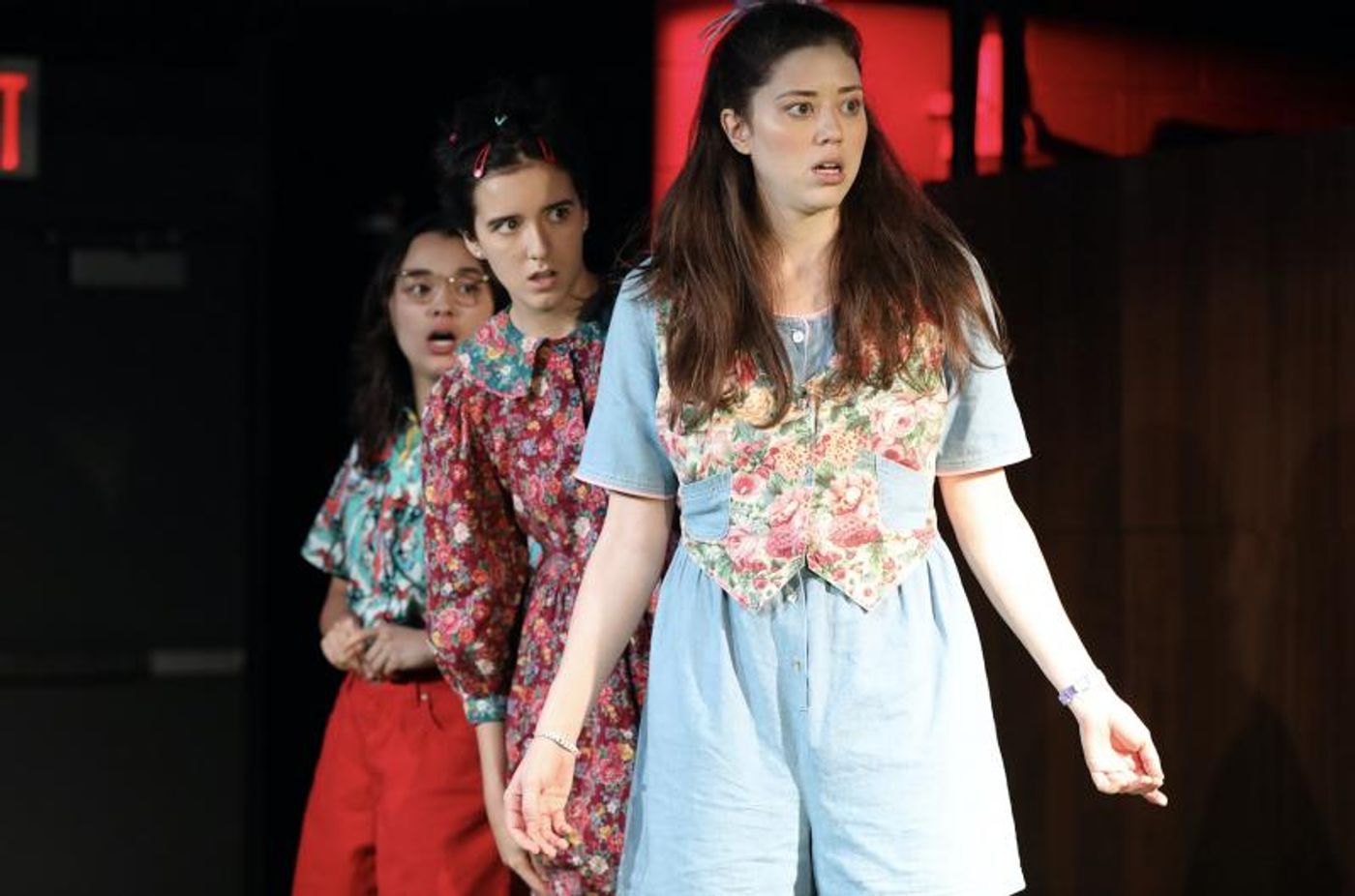She Believed She Could: Asta Bennie Hostetter On Collaboration and Design
 When it comes to "how I got here" stories, Ásta Bennie Hostetter's is both incredibly unique and incredibly familiar. The costume designer, currently represented off-Broadway by Roundabout's Usual Girls, tells a story of surprise revelations and "almosts" that will probably sound familiar to a lot of theatre artists.
When it comes to "how I got here" stories, Ásta Bennie Hostetter's is both incredibly unique and incredibly familiar. The costume designer, currently represented off-Broadway by Roundabout's Usual Girls, tells a story of surprise revelations and "almosts" that will probably sound familiar to a lot of theatre artists.
Hostetter's early studies didn't focus on theatre at all: in college, she studied general humanities, philosophy, and aesthetics, and she originally thought she'd go into academia. It wasn't until she moved to New York and started working in the downtown scene that she realized her real passion was in creating theatre.
Similarly, Hostetter's career in design took off not all at once, but bit by bit. As time went on, she explains, she found the most satisfaction in the scrappy, collaborative environment of downtown and off-Broadway theatre.
"Most of the things that inspired me to get into design were the downtown things. I kind of fell into [design] because I knew how to sew, but eventually... in the storytelling of theatre, costume design is so intimately bound up with the character development. So though it can sometimes be the most energy expense, it's also the most highly collaborative... And I was working with a lot of downtown actors, who sometimes tend to be much more confident and playful and collaborative about what they're wearing, and that was really fabulous for me."
Like many artists, Hostetter eventually decided to return for more formal training; in her case, an MFA degree. MFAs are a hot topic in theatre right now - whether they're worth the time, energy, and money or whether they're unnecessary - so I asked if she felt it had been an overall positive, useful experience.
"I was critically and intellectually equipped to hold my own dramaturgically in a conversation, but I was less equipped for a visual art practice, which is why this was a great place for me... When I went to CalArts, I really fell in love with drawing... And there's that collaborative muscle that's so much harder to do when it's the real world and you have a job on the line. So for me, having that time to develop my confidence as a visual artist was really useful, and really trained me to learn how to have these conversations. There's this challenge in the job of design where you want to seem professional, but they also emphasized presenting yourself as a cooperative and dynamic collaborator."

One of the crucial points that Hostetter brings up is something that's not exclusive to grad school life, but to professional life in the theatre as well: collaboration. As she points out, it's not necessarily a natural skill, but something that requires experience and learning as much as any technical skills.
"It's like a little secret we should talk about more often that one of the real challenges in MFA programs is when they pair new playwrights with new designers. Sometimes it can be really vulnerable for both sides, everything is still in process, so there has to be a lot of trust to go back and forth, but it's your thesis production on the line, so you [as artists] aren't being given a good framework to be flexible... We could all stand to do better when it comes to talking about finding where the flexibility is."
Hostetter points out one of the big issues with collaborative theatre-making: we're all trying to make a singular product, but everyone is so specialized in their own segment that it can be hard to collaborate without feeling like one is stepping on toes.
"We all want to be professional, but sometimes our notion of professional is 'stay in our lane.' No; we need to have conversations between the creative collaborators to figure out what's important... We have a very un-useful notion about division of labor where we all look at the text and commit to interpreting the text rather than taking a moment to understand and speak to the writers about what's important to emphasize."
One of the big misconceptions about design is that it's all about the visual expressions, period or aesthetic accuracy, and that's it. As Hostetter describes it, though, it's also about interrogating concepts related to these visual cues.
"We're bad in our culture about thinking about the semiotics of clothes as an actual, serious endeavor. They trigger things very viscerally - sometimes strong reactions are a clue that you're on the right path. But in a room of twenty people coming from different places, different ages, with different interpretations, it's very easy to walk into very easy assumptions about, say, what is a 'normal girl' dressed like? And I think a lot of playwrights are interested in interrogating those terms."

Creative, open collaboration seems to be the theme that we keep returning to. It's easy, as Hostetter says, for artists to be so focused on their own "portion" of the work that they lose sight of the whole; many approaches found in both academic and professional venues encourage this kind of division. This isn't always a useful hierarchy, though, especially when innovation is the name of the game.
That's why Hostetter says that her dream projects would be those that explore new voices and approaches from all angles.
"I love exciting new challenges. I don't want it to come across as 'oh, women write about clothes,' but the kind of character focus a lot of women's work has means that the investment in character development is very different."
For aspiring designers - and indeed, artists of all specialties - Hostetter brings it back to her own experiences with a less-specialized beginning. It's about the practical realities as much as the creative passion - and it's important not to forget either side.
"I definitely believe in a broad range of experiences. Honestly, the ones at the top tier of excellence are often people who did something totally different before! Because too often, you're told to specialize, but to have a good career, you need to know things about fine art, film, architecture, everything!"
She touches on the practical sides of things too, pointing out that enthusiasm all too often exceeds the real-life possibilities of projects, even with the best of intentions."
"You have to scrutinize market dynamics and educate yourself about the process and forgive yourself because you have to be able to sit with clear eyes - we have to talk about the limits of time and money and be honest about it," she says. Though often glanced over in favor of a more glamorous view of the theatre industry, Hostetter's advice is solidly based in realistic expectations without losing sight of the creativity and joy that leads most of us into the theatre to begin with. It's realistic, but an optimistic realism.
"The thing that makes you special is what you bring from the outside," Hostetter says. And what Hostetter brings? Plenty of talent, creativity, and honesty to a profession that doesn't often stand in the spotlight but whose products are center stage every day.
Videos


